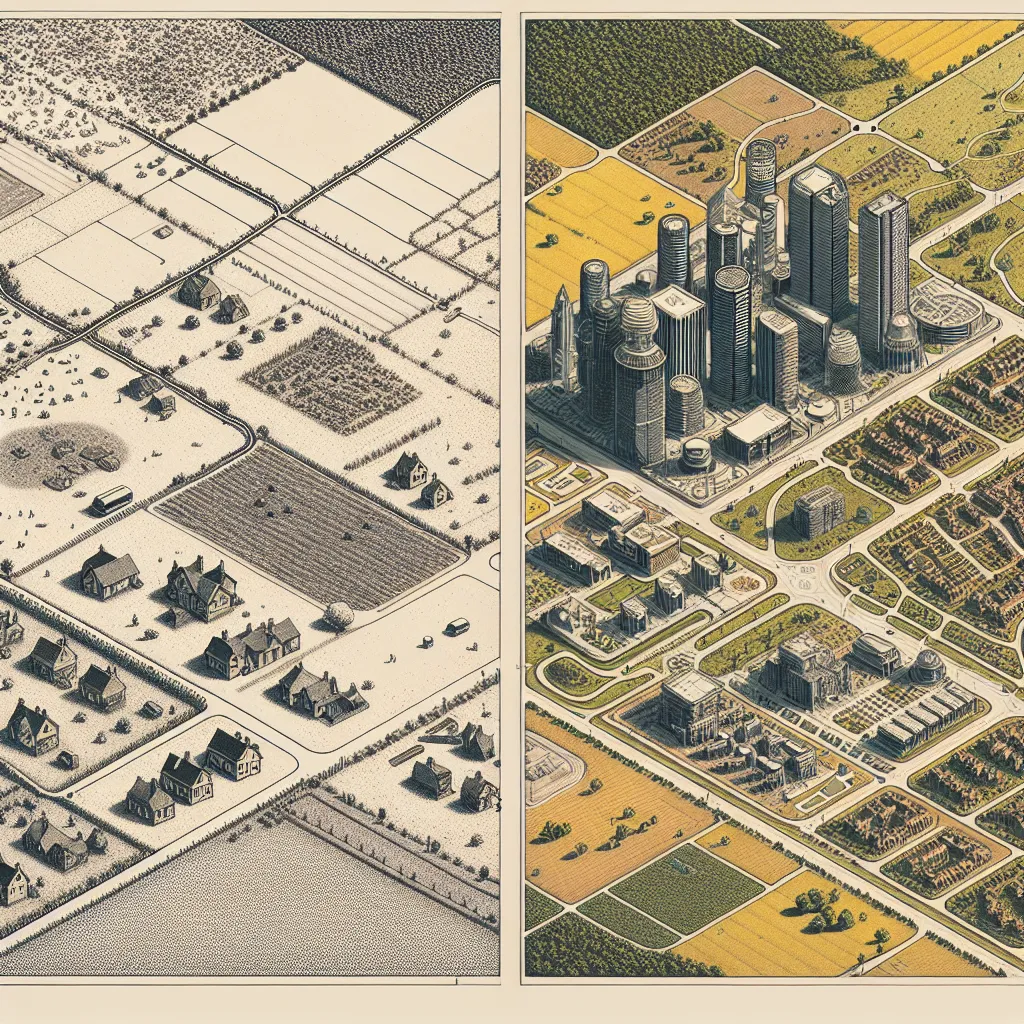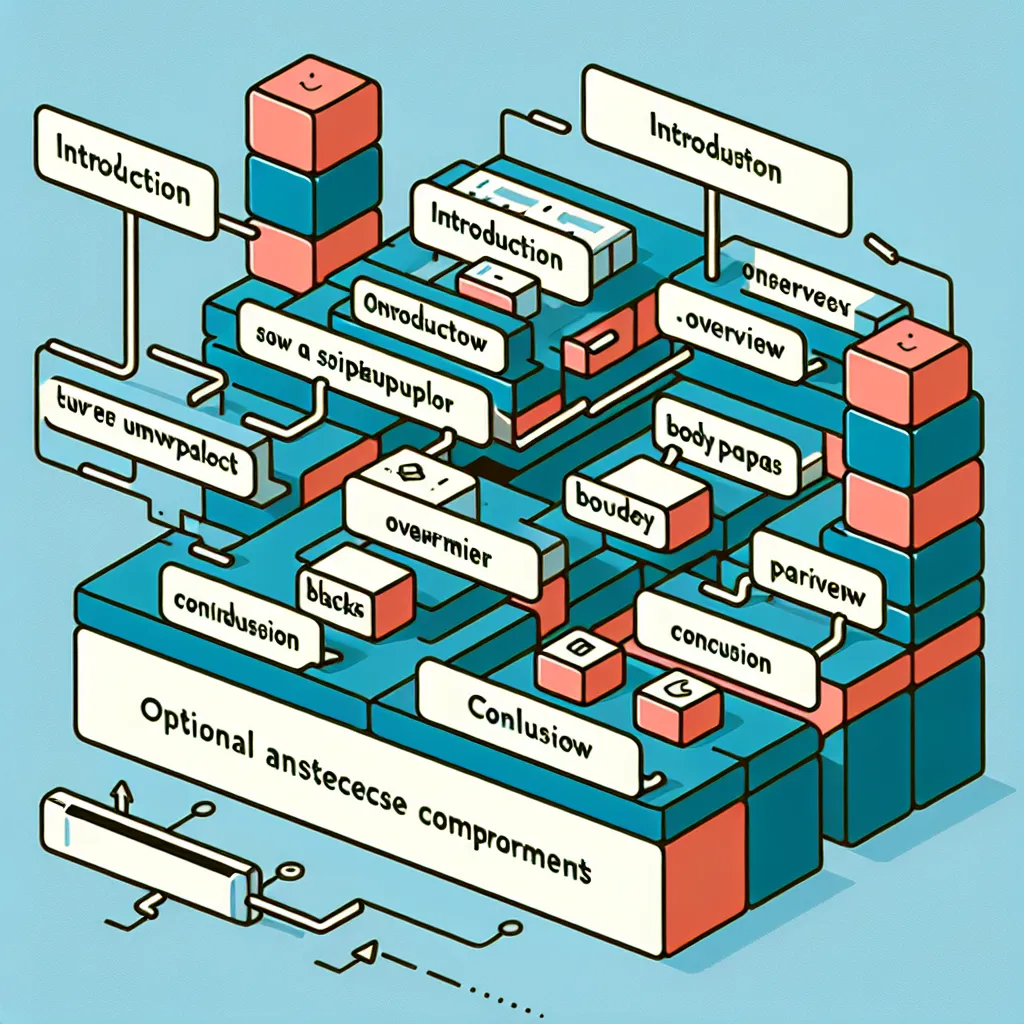Are you preparing for the IELTS Writing Task 1 and feeling unsure about how to tackle map questions? You’re not alone. Many test-takers find map questions challenging, but with the right approach, you can master this task and boost your IELTS score. In this comprehensive guide, we’ll walk you through everything you need to know about answering map questions in IELTS Writing Task 1.
Understanding Map Questions in IELTS Writing Task 1
Map questions are a common type of task in IELTS Writing Task 1. They typically present two maps of the same area, showing changes over time or proposed future developments. Your job is to describe the main features of the maps and compare the changes or differences between them.
 IELTS Map Question Example
IELTS Map Question Example
Why Map Questions are Important
Map questions test your ability to:
- Identify and describe key features of visual information
- Compare and contrast different stages or plans
- Use appropriate language to describe spatial relationships and changes
- Organize information logically and coherently
Mastering these skills is crucial for achieving a high score in IELTS Writing Task 1.
Key Strategies for Answering Map Questions
1. Analyze the Maps Carefully
Before you start writing, spend a few minutes examining the maps:
- Identify the time periods or stages shown
- Note the main features (e.g., buildings, roads, natural landmarks)
- Look for significant changes or differences between the maps
2. Plan Your Response
Organize your answer into a clear structure:
- Introduction: Briefly describe what the maps show
- Overview: Summarize the main changes or differences
- Body paragraphs: Describe specific details and changes
3. Use Appropriate Language
Employ a range of vocabulary and grammatical structures:
- Location vocabulary (e.g., north, southeast, adjacent to)
- Verbs to describe change (e.g., expand, relocate, demolish)
- Prepositions of place (e.g., between, along, opposite)
- Comparative and superlative forms
4. Describe Changes Accurately
When comparing the maps:
- Use the correct tense (past, present, or future) based on the time periods shown
- Quantify changes where possible (e.g., “The park area has been reduced by approximately half.”)
- Use linking words to show contrast or similarity (e.g., however, similarly, in contrast)
Sample Answer Structure
Here’s a template you can follow for your response:
-
Introduction
- State what the maps show (location, time periods)
-
Overview
- Summarize the most significant changes or differences
-
Body Paragraph 1
- Describe major changes in one area of the map
-
Body Paragraph 2
- Describe major changes in another area of the map
-
Conclusion (optional)
- Briefly restate the main changes if time allows
 IELTS Map Answer Structure
IELTS Map Answer Structure
Common Mistakes to Avoid
- Failing to provide an overview
- Describing every minor detail instead of focusing on significant changes
- Using personal opinion or speculation
- Neglecting to use a variety of vocabulary and sentence structures
- Forgetting to check word count (aim for at least 150 words)
Practice Makes Perfect
To improve your skills in answering map questions:
- Study sample questions and high-scoring answers
- Practice describing maps from various sources (e.g., textbooks, online resources)
- Time yourself to ensure you can complete the task within 20 minutes
- Ask for feedback from a teacher or study partner
Next Steps
Now that you understand how to approach map questions in IELTS Writing Task 1, it’s time to put your knowledge into practice. Start by finding sample map questions and applying the strategies we’ve discussed. Remember, consistent practice is key to improving your performance and achieving your desired IELTS score.
As you continue your IELTS preparation, don’t forget to focus on other aspects of the test as well. Check out our guides on IELTS Reading strategies, Speaking test tips, and overall Writing Task 2 techniques to ensure you’re fully prepared for every section of the exam.
By mastering map questions and other IELTS tasks, you’ll be well on your way to achieving your goals and opening up new opportunities for study, work, or migration. Good luck with your IELTS journey!




